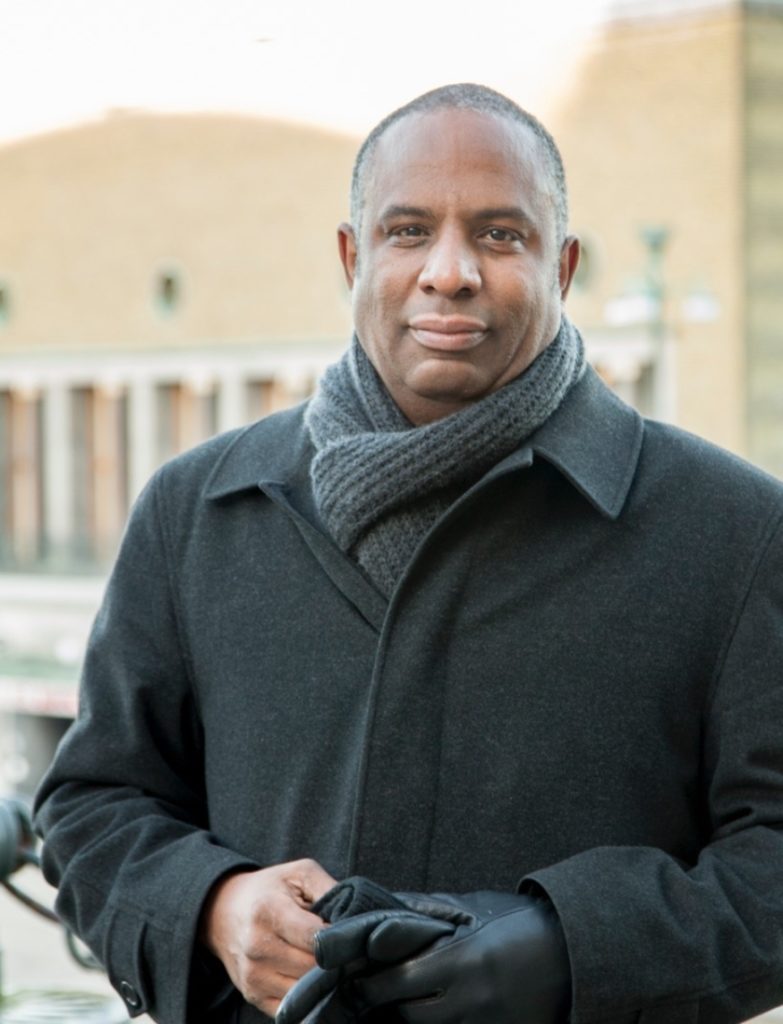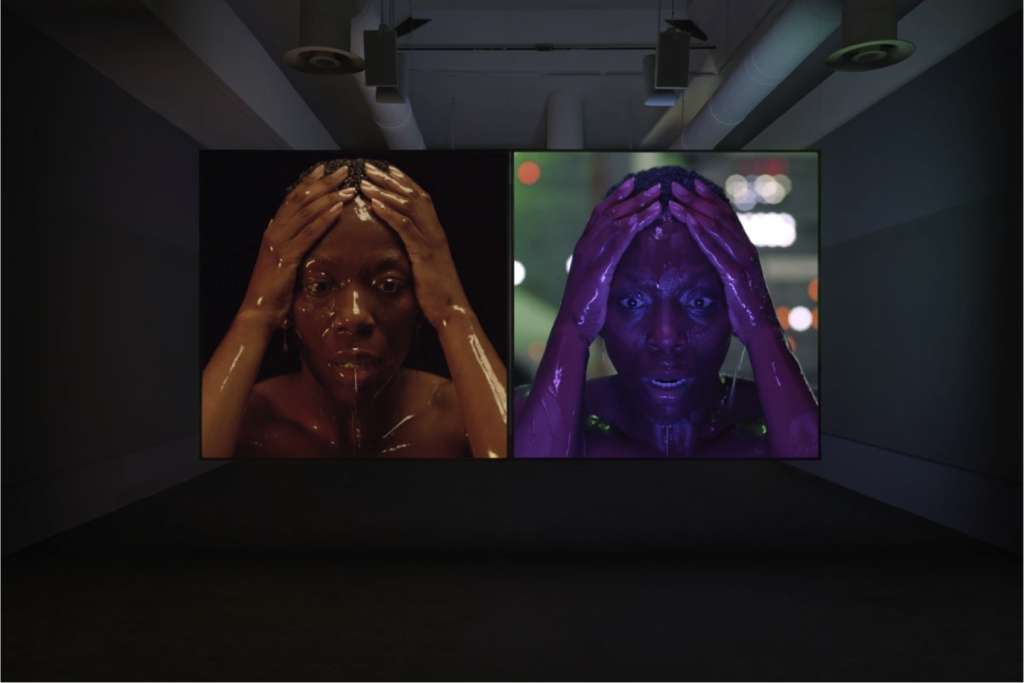People
Artist Stan Douglas, Whose Engrossing Work Imagines Alternative Histories, Will Represent Canada at the 2021 Venice Biennale
The Vancouver-based artist was chosen unanimously by the jury.

The Vancouver-based artist was chosen unanimously by the jury.

Caroline Goldstein

Stan Douglas, the Vancouver-based multimedia artist whose film installations, photographs, and theater productions address marginalized voices and the role of technology in image-making, will represent Canada at the Venice Biennale in 2021.
Details about the sprawling biannual event—sometimes known as the art-world Olympics—are beginning to trickle in about a year and a half before kickoff. Earlier this month, New York-based curator Cecilia Alemani was named artistic director for the 59th edition. More countries are expected to announce their representatives in the coming months.
Douglas was selected—unanimously—by a four-person panel of Canadian art experts. In a statement issued by the National Gallery of Canada, the pavilion’s commissioner, the committee said that “the currency of Douglas’ practice is especially relevant in the context of the Biennale’s global dialogues,” citing his “paradigmatic investigations into the relation of local histories with generational social forces” as a driving force behind their decision.
“Douglas is one of the country’s most internationally respected artists, with a practice recognized for its critical imagination, formal ingenuity and deep commitment to social enquiry,” the jury added.
Douglas, who is represented by David Zwirner in New York and Victoria Miro in London, is no stranger to Venice. Although he has never represented Canada, he has been included in four previous editions, beginning in 1990. Most recently, his work was a highlight of the central exhibition at last year’s Biennale, titled “May You Live in Interesting Times.”
The two-part exhibition included his 2017 photographic series “Blackout,” in which he depicts a New York City blackout that never happened, and a new video installation, Doppelgänger, that tells the story of an astronaut who is transported to a spacecraft thanks to quantum teleportation—but gets copied along the way, sparking uncertainty over who is the real woman.
Fittingly, the film will be shown simultaneously at Douglas’s two galleries, David Zwirner in New York and Victoria Miro in London, in February.

Stan Douglas, film still Doppelgänger (2019). © Stan Douglas. Courtesy the artist, Victoria Miro, and David Zwirner.
This concept of diverging narratives is one Douglas has mined before. In his six-hour long opus Luanda-Kinshasa, shown in the Whitney’s recent exhibition dedicated to Jason Moran, Douglas staged a fictional recording inside a historical replica of the famed studio where Miles Davis once worked.
In an interview with Art21 filmed in 2017, Douglas said, “I want to go back to these possibilities of, ‘what if there’s another way of considering history?'” His practice, he explained, is about exploring utopias—nonexistent places one can strive for, but never actually reach.
The artist will be visiting the National Gallery later this year to begin planning his commission.